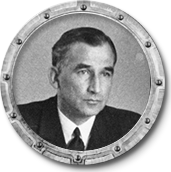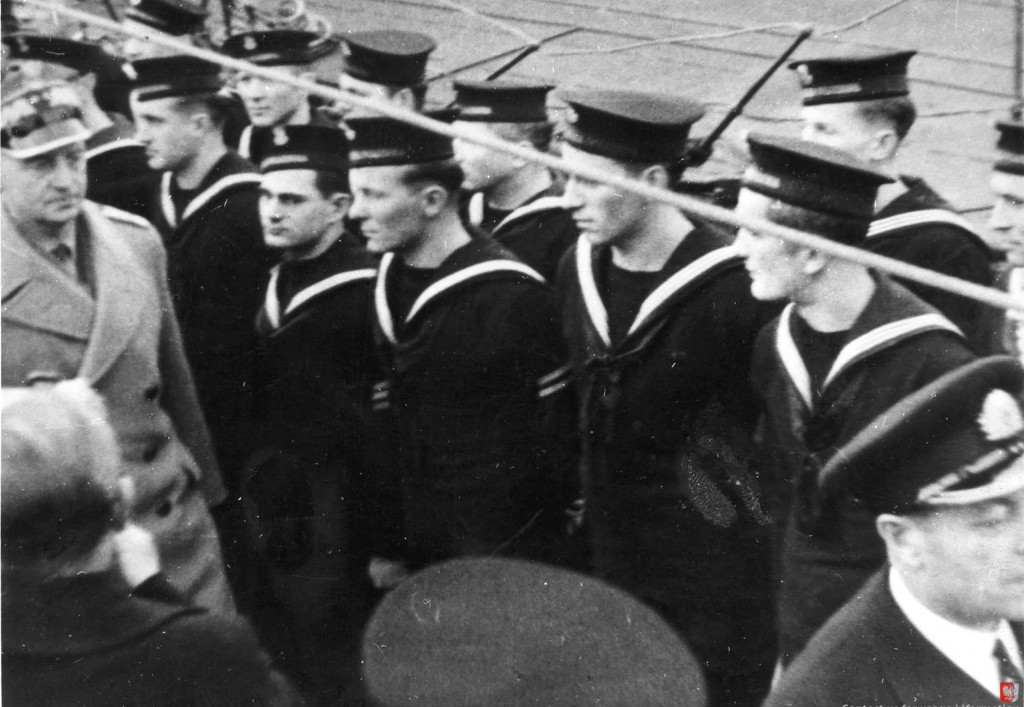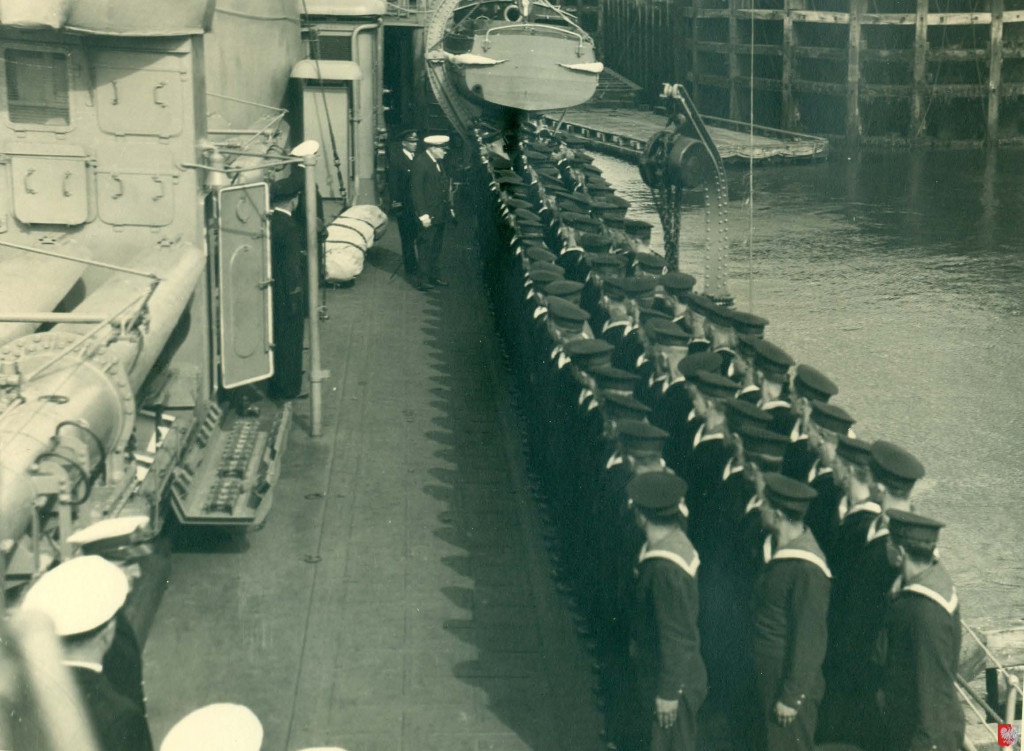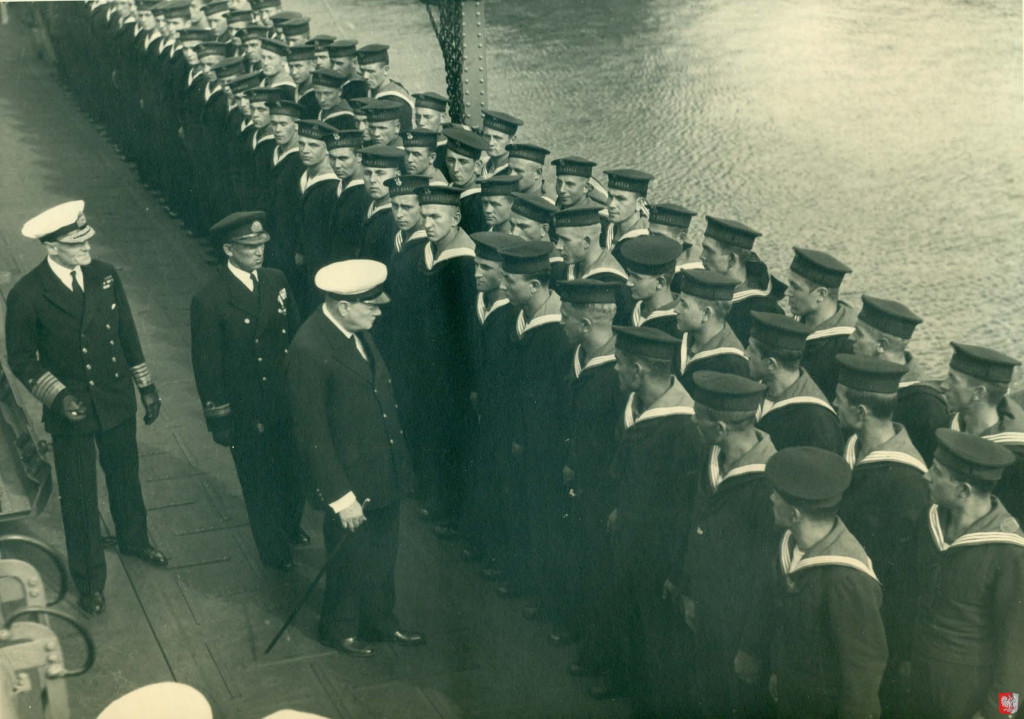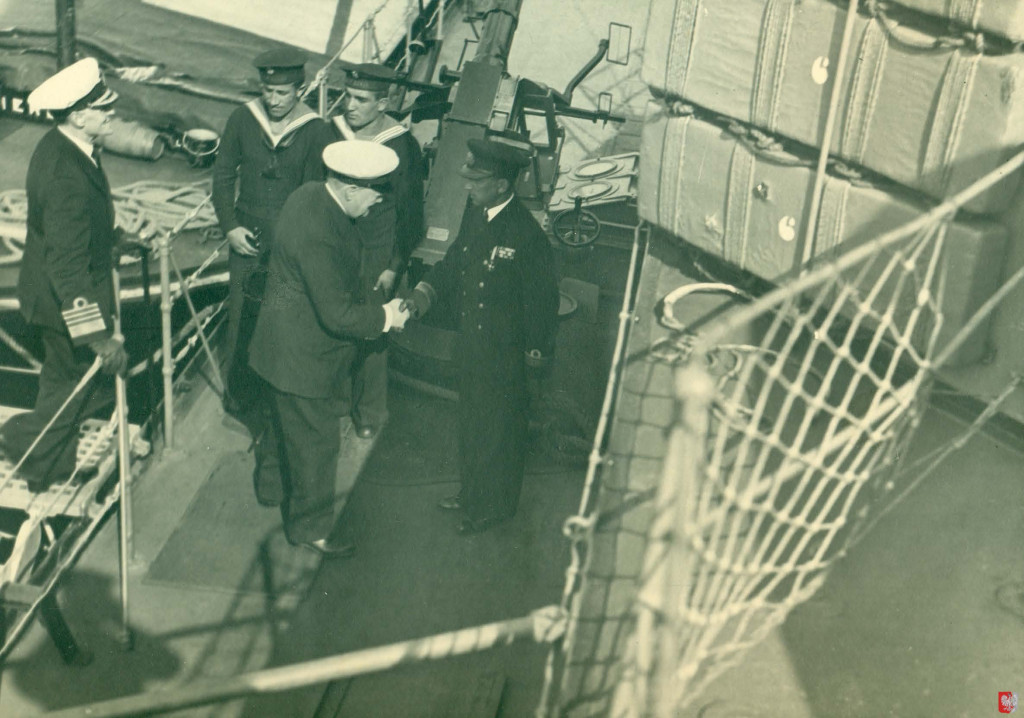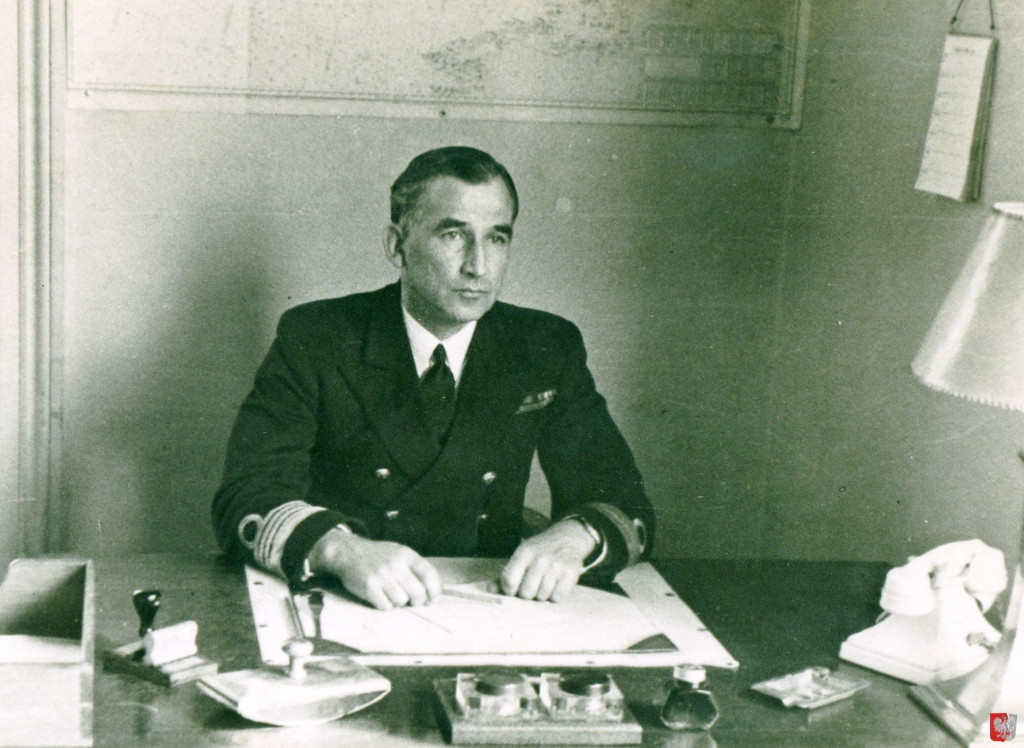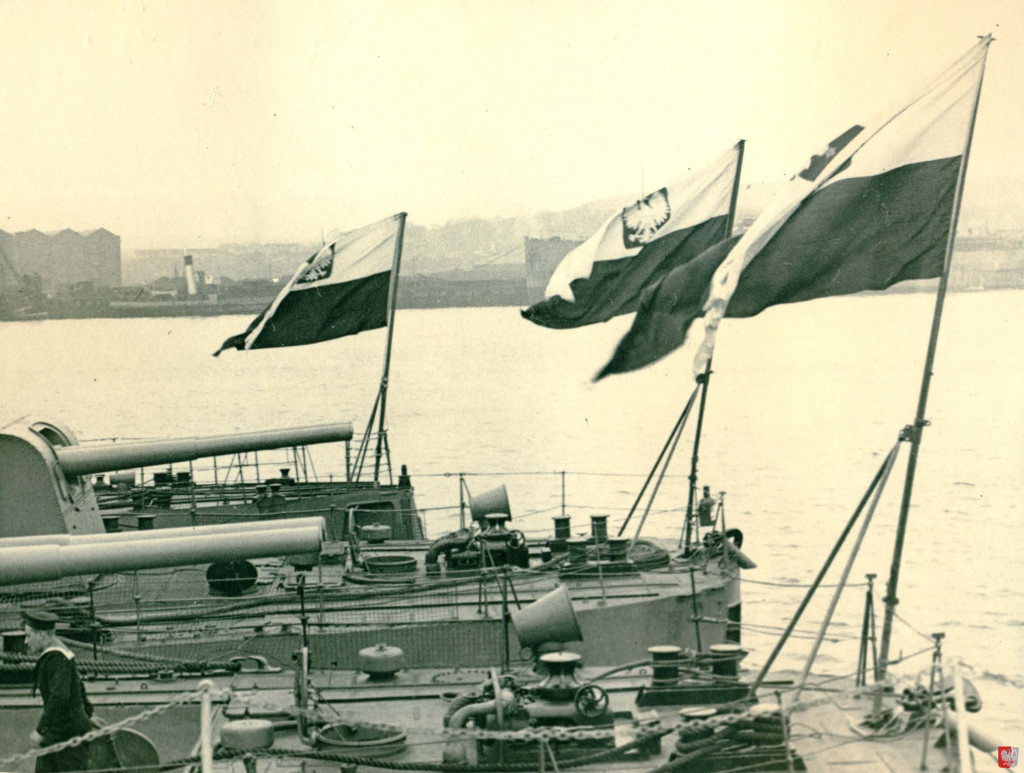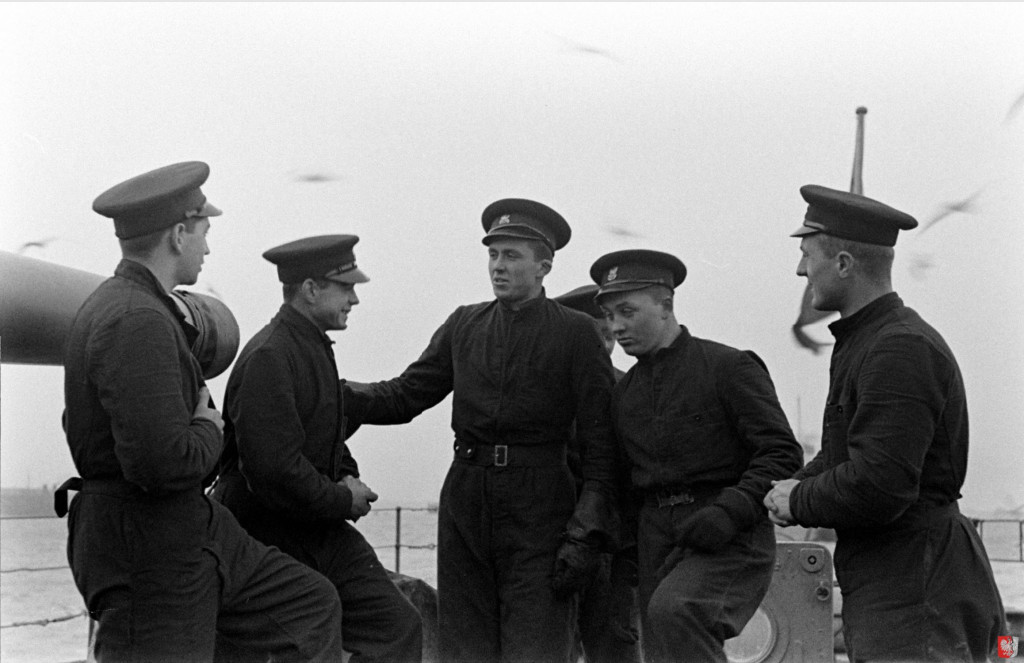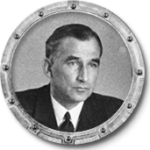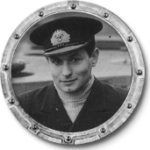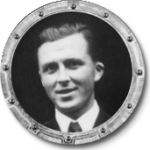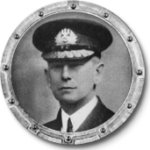
Polish Naval Memories of WWII
Nahorski became Captain of the French built destroyer ORP Burza on 1st January 1938 and he commanded her break out of the Baltic on the eve of the German invasion of Poland.
Winston Churchill visits Polish Navy in Plymouth, September
As early as 5th September 1939 the Polish Naval command (KMW) had evacuated from the capital Warsaw. Some staff officers went west, others were ordered to Pinsk, HQ of the River Flotilla Command on the River Pripiat. Some officers and cadets did eventually escape but many were captured by the invading Soviet forces. Only two survived, but 59 died in the later Katyń massacres.
On November 18th 1939 the British and Polish governments signed an Anglo-Polish naval agreement and protocol laying out how their forces would co-operate. In outline Polish vessels would operate embedded within the Royal Navy but under their own command and ship’s officers.
The Polish Navy, unlike their army and air force, which were largely lost at home and then thrown into the battle for France in 1940 where again heavy casualties were suffered, initially had no shortage of manpower. Three destroyers, two submarines and two training ships, all fully manned, reached the UK. In all some 800 officers and other ranks commenced naval service based in the UK.
Early in the autumn of 1939 the officers and crew of the three Polish destroyers – ORP Burza, Grom and Błyskawica – were welcomed to Devonport Naval Base by the Commander-in-Chief, Western Approaches Rear Admiral Sir Martin Dunbar-Nasmith, who was to become a staunch supporter and friend to his new allies. The Polish Southern Command was initially led by Commander (Kdr. por.) Namiesniowski. During this time, the local newspapers understandably not reporting the fact for security reasons, the First Sea Lord, Winston Churchill, paid a visit to Devonport to inspect the crews of the Polish destroyers in order to raise morale.
At a War Cabinet meeting of 25th September Churchill paid a glowing tribute to the vessels and to their crews. Also in December 1939 King George VI inspected the Polish Naval Cadets in Plymouth. This recognition coupled with the Anglo-Polish Naval Agreement of 18th November 1939 illustrated the importance of the Poles to the British at that time. By the terms of this agreement the Polish vessels would fly their own flag and be commanded by their own officers. On board would be a British liaison officer, radio operator, and two NCOs to look after British secret documents and ciphers.
